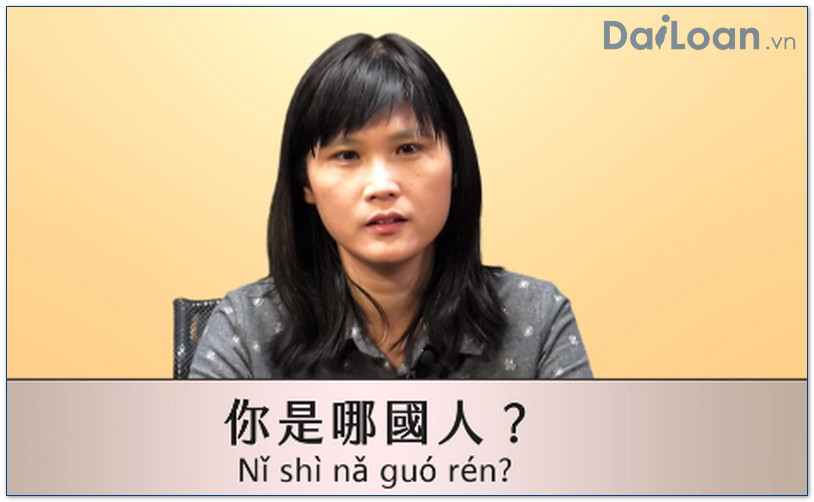The Chinese character 偕 (xié) is a fascinating linguistic element that holds significant meaning in both modern and classical contexts. With a rich history, this character has evolved in usage, making its understanding crucial for learners of the Chinese language. In this article, we will delve into the meaning of 偕, its grammatical structure, and provide you with example sentences to illustrate its application.
What Does 偕 (xié) Mean?
At its core, the character 偕 (xié) is typically translated as “together” or “with.” In Chinese, it conveys the concept of companionship or accompaniment, often suggesting an act performed jointly by two or more parties. The character is composed of two components: the side radical, which indicates a relationship or association, and the phonetic element, suggesting the pronunciation.
Grammatical Structure of 偕
In terms of grammatical structure, 偕 (xié) functions primarily as a preposition, used to link subjects in a sentence. Its usage can be found in various sentence structures, typically indicating that two or more subjects are performing an action together. Below are some key aspects of its grammatical role:
1. Usage as a Preposition
偕 is used to denote collaboration or togetherness. It precedes the noun or noun phrase that describes the action being done together.
2. Contextual Adaptability
While primarily a preposition, 偕 can also appear in idiomatic expressions and literary contexts, showcasing its versatility. Furthermore, it can be paired with other words to create phrases that enhance its meaning.
Example Sentences Using 偕 (xié)
To better understand the application of 偕, let’s look at several example sentences that illustrate its usage:
1. 昨天我们偕同朋友一起去看电影。
Translation: Yesterday, we went to watch a movie with our friends.
In this sentence, 偕同 (xié tóng) specifies that the friends accompanied the subjects to the movie, emphasizing companionship.
2. 她偕我一起去旅行。
Translation: She is traveling with me.
This example shows a straightforward use of 偕 to indicate that the action of traveling is shared between the subjects.
3. 我们偕聚一堂,庆祝这个特别的日子。
Translation: We gathered together to celebrate this special day.
Here, 偕 expresses the unity of gathering, enhancing the celebration’s significance.
4. 偕老是许多人的愿望。
Translation: Growing old together is the wish of many.
In this sentence, 偕 conveys a long-term partnership, often associated with love and commitment.
5. 偕隐于山林,让心灵宁静。
Translation: Hiding together in the mountains brings peace to the soul.
This usage of 偕 indicates a poetic sense of togetherness, ideal for literary applications.
Conclusion
In conclusion, the character 偕 (xié) is more than just a word; it embodies the essence of togetherness in the Chinese language. Understanding its meaning, grammatical structure, and practical use in sentences enhances one’s ability to communicate effectively in Mandarin. Whether you are learning Chinese for personal interest, academic purposes, or professional needs, grasping this character invites a deeper appreciation of the language’s rich cultural tapestry.

Sứ mệnh của Chuyên là giúp đỡ và truyền cảm hứng cho các bạn trẻ Việt Nam sang Đài Loan học tập, sinh sống và làm việc. Là cầu nối để lan tỏa giá trị tinh hoa nguồn nhân lực Việt Nam đến với Đài Loan và trên toàn cầu.
CÓ THỂ BẠN QUAN TÂM
Du học Đài Loan
Lao Động Đài Loan
Việc Làm Đài Loan
Đơn Hàng Đài Loan
Visa Đài Loan
Du Lịch Đài Loan
Tiếng Đài Loan
KẾT NỐI VỚI CHUYÊN
Zalo: https://zalo.me/0936126566
Website: www.dailoan.vn




